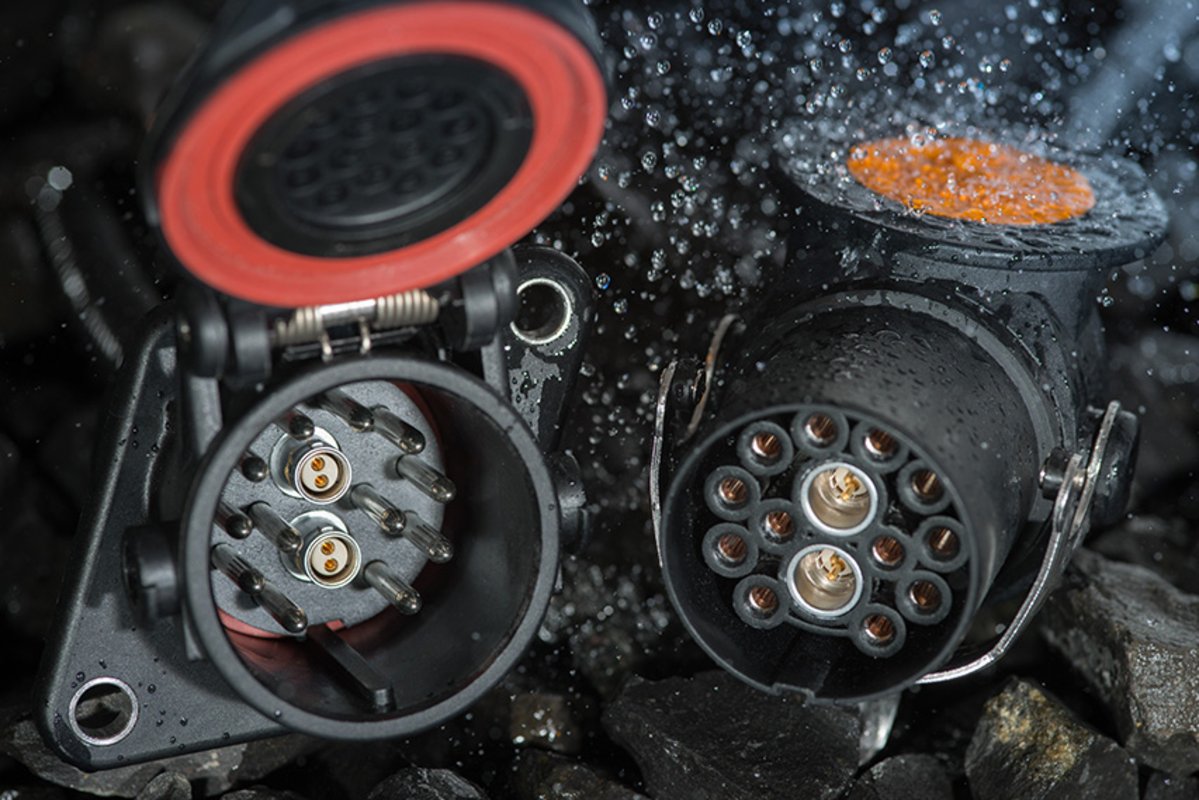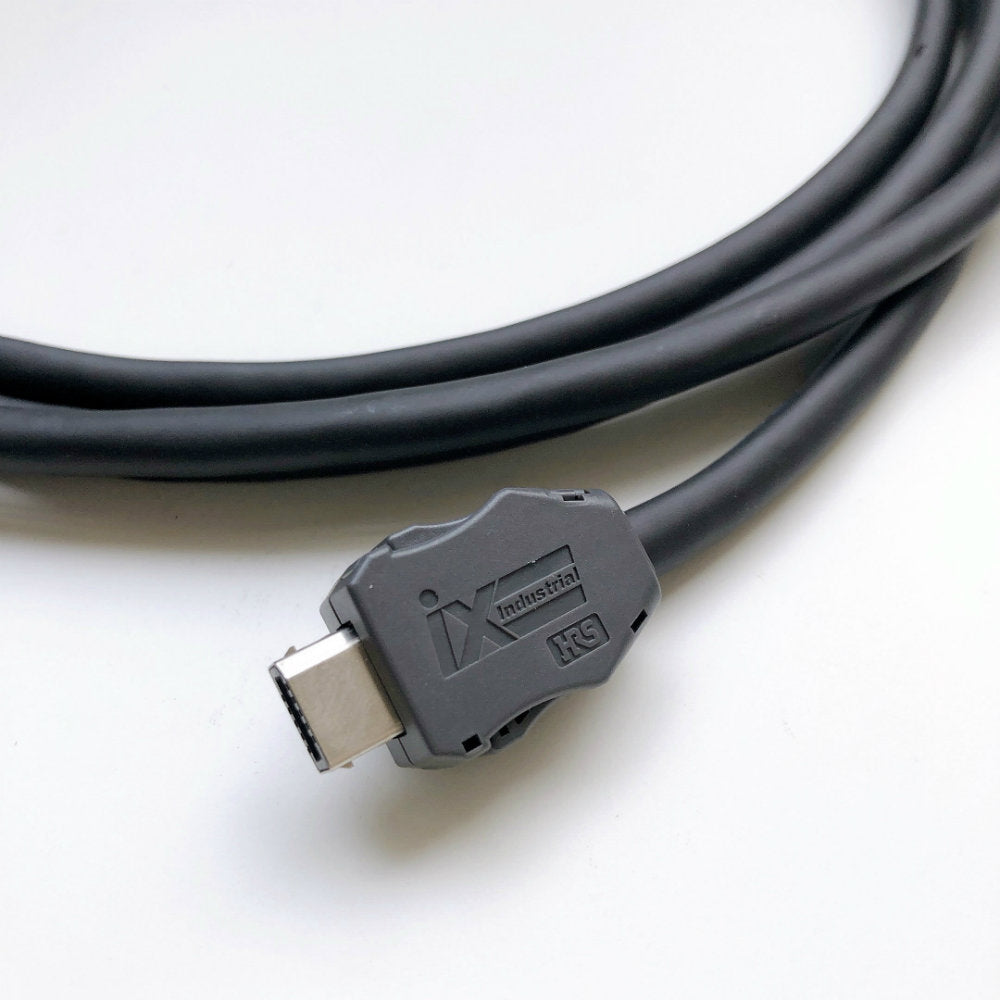

The savings potential of a wagon is around 21,000 Euros per 100 meters of cable in 40 years of operation. Single-pair cables save 1.6 kg in weight per 100 meters compared to standard Ethernet cables. However, if you do the calculations and look at the length of data cabling in modern trains, SPE is a real diet for on-board electronics. With cables and small connectors, 35% weight savings using SPE industrial ethernet cable solutions initially sounds like very little when you look at a wagon weighing several tons. There is also enormous potential for savings here. In modern trains, countless kilometers of cabling are installed for on-board and entertainment systems, which also entail considerable weight. From a pragmatic point of view, a higher vehicle weight also costs more energy to accelerate and therefore simply more money for the operator. Not only since one has developed more awareness of energy consumption and environmental pollution. The users are familiar with the components and the connection is watertight according to IP X9K both plugged in and out.Weight has always been of increasing interest in vehicle construction. NETBridge Automotive Ethernet Connector System is designed for the automotive environment and can transmit up to 100Mbit/s and 1Gbit/s according to IEEE. The concept of the connector corresonds to the current technology, which meets the demands of the ADR for hazardous-cargo vehicles. A connection to the old infrastructure is possible via an adapter. At the same time, it provides further contact pairs for controlling different functionalities in the trailer. The ERICH JAEGER connector is a hybrid connector which fulfills the requirements on the data communication according to 1000BASE-T1. Therefore, compatibility to older vehicles and trailers is necessary. The same may be true for a new type of connector which is not compatible to the current system. A third connector could result in a lack of acceptance from the operator.

If the existing infrastructure is supposed to be replaced when introducing the new technology, backward compatibility is crucial.Īt the moment, two electrical connectors are in use to control the brakes and the trailer lighting. Integration of new network-compatible sensors and actuators capable of auto-diagnosis for avoiding outages and calculating preventive maintenance for the trailer.Interfaces and gateways for telematics applications and smartphone integration.Semi- or fully-automated coupling and uncoupling.Monitoring and documentation of cold room temperatures.Traction aids with propelled trailer axes.Integration of lidar and radar sensors as well as camera systems for supporting semi- or highly-automated driving functionalities.360° camera monitoring, freight hold monitoring and alarm sensors for the doors.A smart EBS stability program, a tire pressure monitoring system and the integration of axle load sensors into a networking system.These trends are enabled by the following functionalities.įor the enhancement of road and vehicle safety: The trends are improved fleet management networks, which efficiently control commodity flows using real time data, the enhancement of road safety via 360° view and cyclist recognition and autonomous driving.
AUTOMOTIVE ETHERNET CONNECTOR DRIVER
Economic requirements are a driver for innovation in the commercial vehicle industry.


 0 kommentar(er)
0 kommentar(er)
